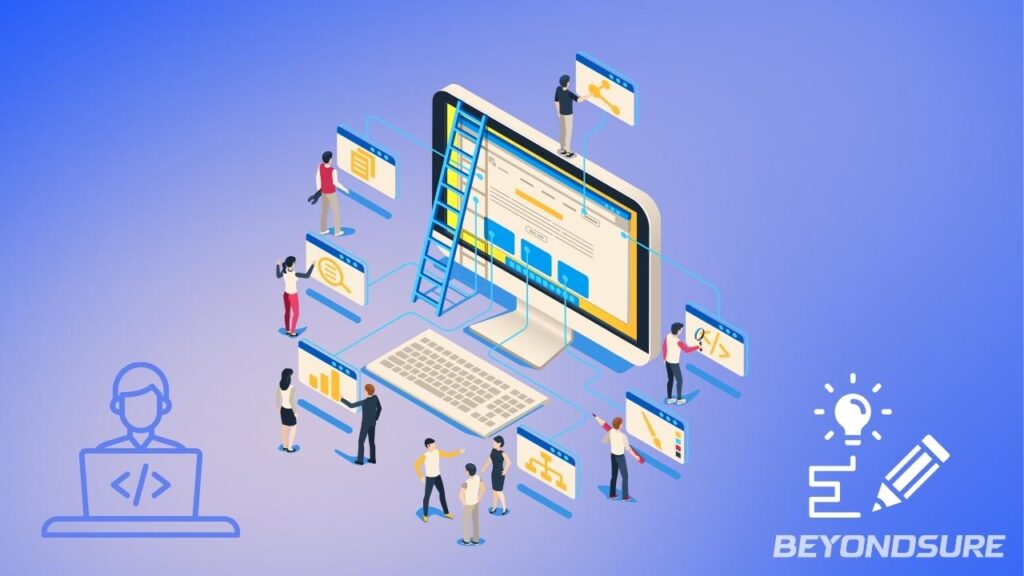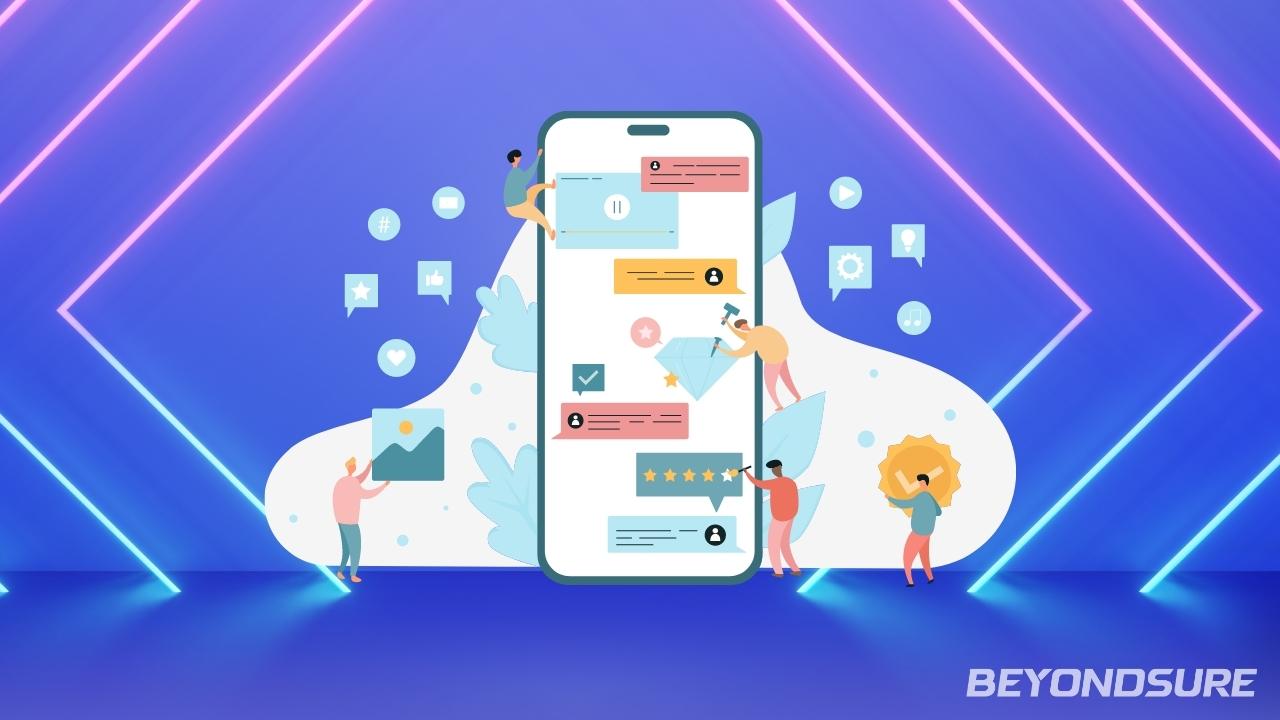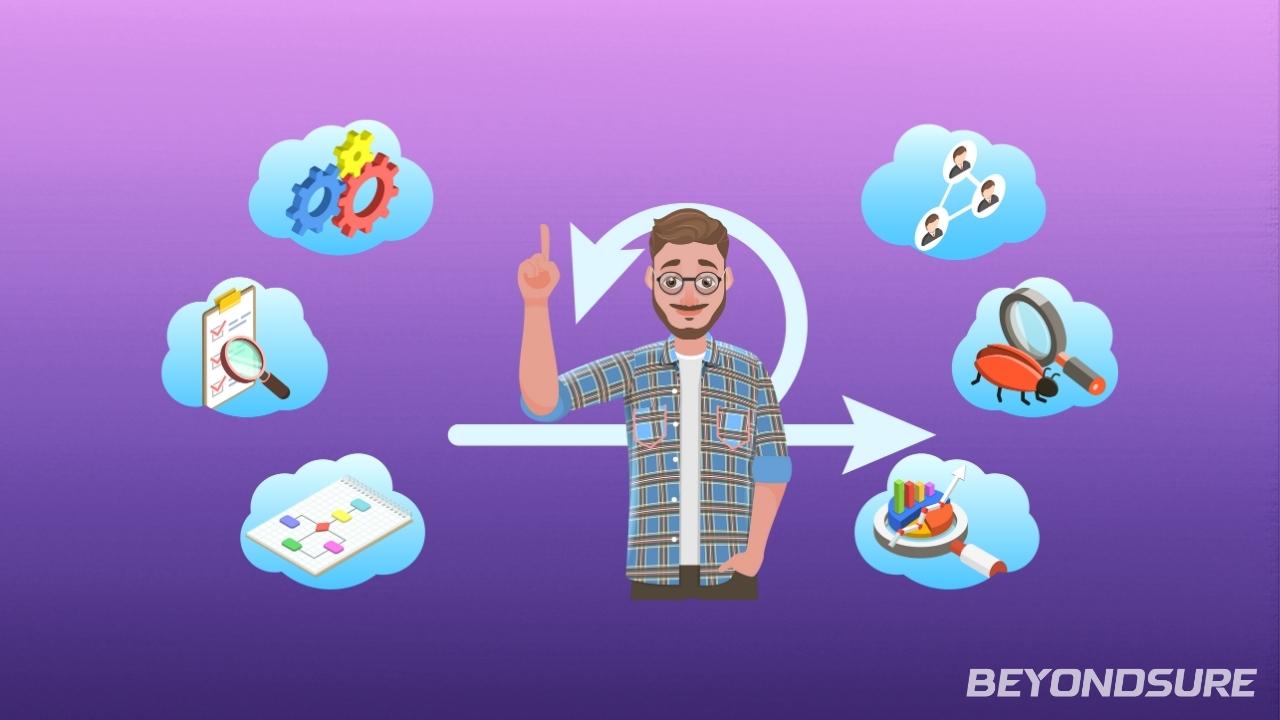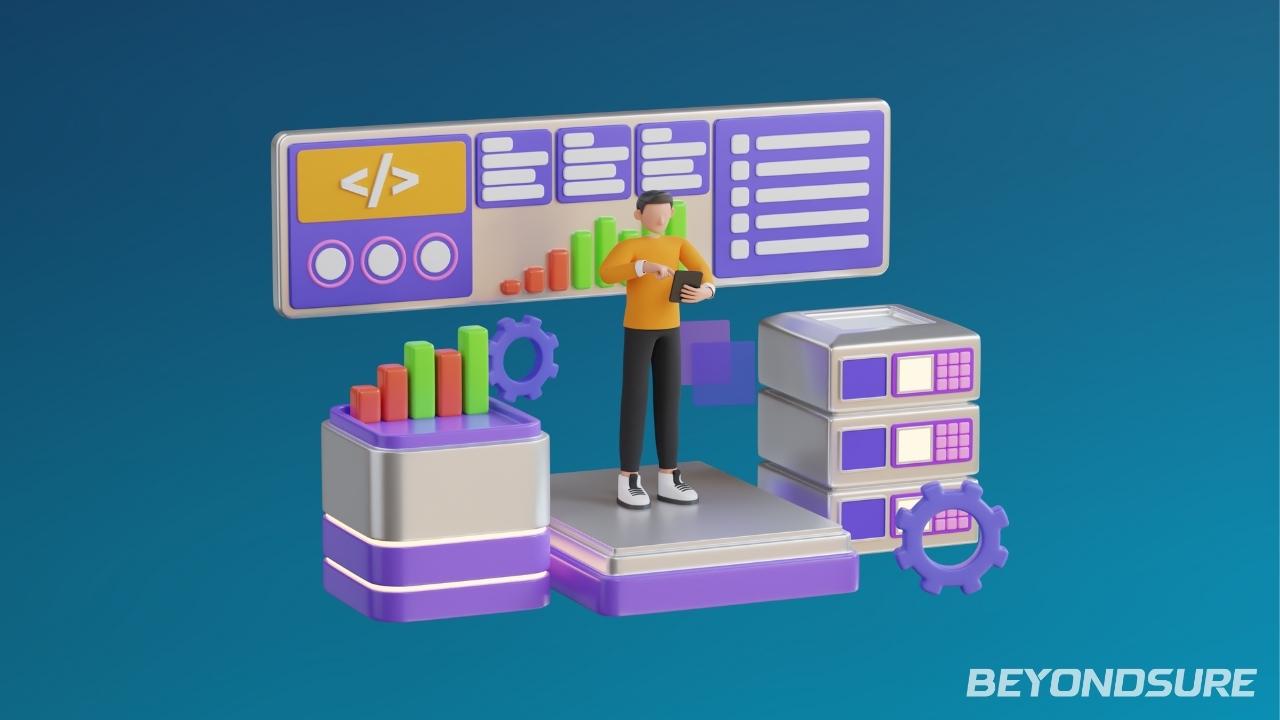Introduction
In the realm of product development, the harmonious collaboration between design and development teams plays a pivotal role in delivering exceptional outcomes. An integrated approach that fosters effective communication, shared understanding, and mutual respect between these two essential teams is crucial for a project’s success. In this article, we will explore a range of effective strategies to ensure seamless collaboration between design and development teams throughout a project’s lifecycle, promoting synergy and optimizing the creative process.
Early Alignment of Goals and Objectives
To set the stage for successful collaboration, it is vital for design and development teams to align their goals and objectives from the project’s inception. This involves close coordination during the planning phase to establish a shared vision, clarify project requirements, and define key milestones. By fostering a mutual understanding of project objectives, both teams can work cohesively towards a common purpose, avoiding potential conflicts and promoting a harmonious workflow.
Regular Cross-Functional Communication
Encouraging regular cross-functional communication is a cornerstone of seamless collaboration. Design and development teams should engage in periodic meetings, such as stand-ups, brainstorming sessions, and weekly check-ins. These interactions facilitate the exchange of ideas, insights, and progress updates, fostering a sense of shared ownership and promoting alignment throughout the project’s lifecycle.
Co-Creation and Shared Decision-Making
Incorporating a co-creation and shared decision-making approach empowers both teams to contribute their expertise and insights to the project. By involving designers in development discussions and developers in design reviews, valuable perspectives are enriched. This collaborative atmosphere not only leads to more innovative solutions but also strengthens the bonds between team members, facilitating a seamless flow of ideas and solutions.
Empathy and Understanding Each Other’s Process
Developing empathy and understanding for each other’s processes is fundamental to building a collaborative environment. Designers should comprehend the technical aspects of development, while developers should appreciate the creative challenges faced by designers. By acknowledging and respecting the intricacies of each other’s roles, both teams can bridge the gap and cultivate a culture of mutual support and appreciation.
Utilizing Collaboration Tools and Platforms
Leveraging collaboration tools and platforms streamlines communication and enhances productivity. Project management software, shared documentation platforms, and collaborative design tools facilitate real-time updates and version control, keeping all team members on the same page. Utilizing these technologies ensures that both design and development teams can seamlessly access relevant information, reducing miscommunications and promoting efficiency.
Regular Design and Development Sprints
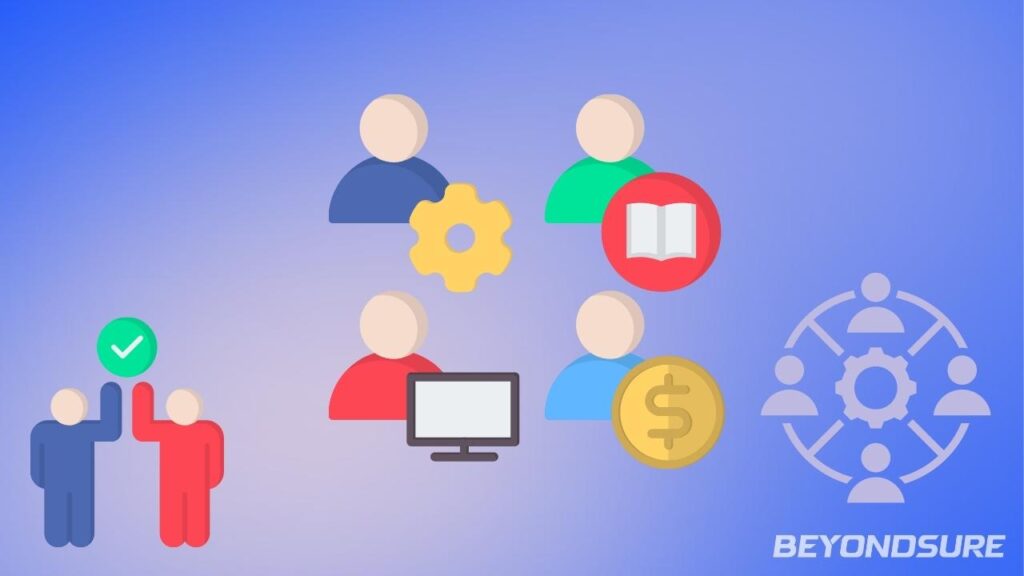
Adopting a sprint-based approach, where design and development teams work in sync, fosters a continuous flow of progress. By running regular design sprints ahead of development sprints, the teams can ensure that design deliverables are ready for implementation. These overlapping sprints create an iterative and collaborative environment, minimizing delays and maximizing the potential for cohesive and high-quality outcomes.
Encouraging Interdisciplinary Workshops and Knowledge Sharing
To strengthen the collaboration between design and development teams, organizations can organize interdisciplinary workshops and knowledge-sharing sessions. These events provide a platform for team members to learn about each other’s expertise, share best practices, and explore innovative approaches. Workshops can focus on design thinking exercises or code walkthroughs, fostering a deeper appreciation for each other’s work and encouraging a culture of continuous learning. These collaborative endeavors break down silos and encourage a spirit of camaraderie, where both teams collectively strive towards excellence.
Celebrating Successes and Learnings Together
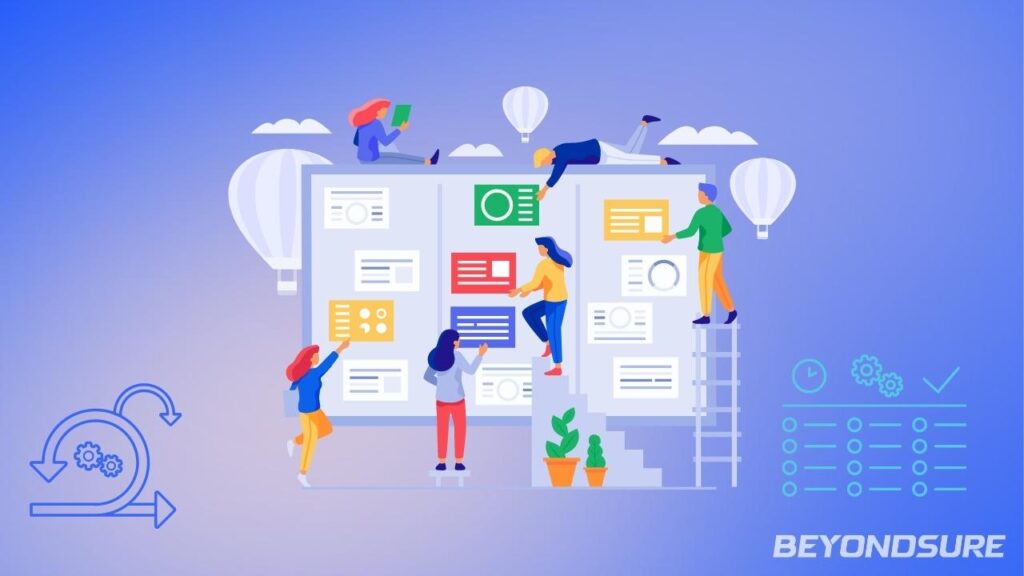
Recognizing and celebrating shared successes is a powerful way to reinforce collaborative efforts. When design and development teams achieve milestones together, it is essential to acknowledge and appreciate the collective effort that went into the accomplishment. Similarly, when challenges arise, adopting a culture of blameless post-mortems allows teams to learn from mistakes and identify areas for improvement collaboratively. Emphasizing the journey of learning and growth as a joint venture fosters a positive atmosphere and fuels the motivation to continually excel together.
Conclusion
Seamless collaboration between design and development teams is the backbone of successful project execution and product innovation. By nurturing a culture of mutual respect, open communication, and knowledge-sharing, organizations create an environment where ideas flow freely, creativity thrives, and solutions are optimized. The integration of design and development processes throughout the project’s lifecycle enables both teams to align their efforts, resulting in products that resonate with users and drive business success. By embracing these effective strategies and fostering a collaborative mindset, organizations can elevate their capabilities and deliver products that leave a lasting impact in the ever-evolving and competitive landscape. As the design and development teams unite their strengths and work harmoniously, they pave the way for a new era of innovative and user-centric products.

